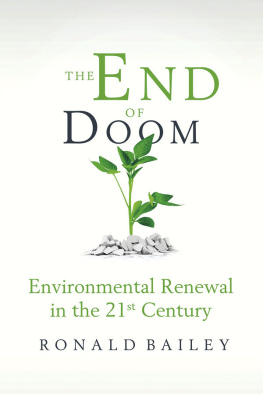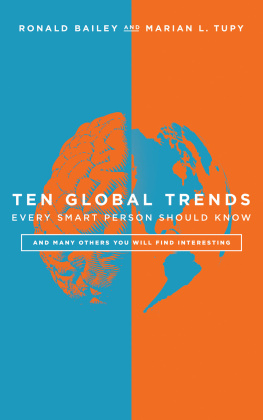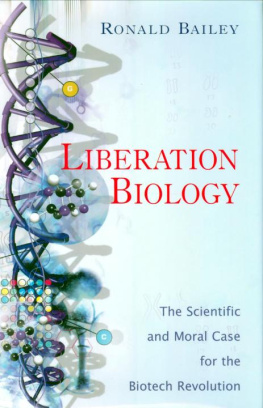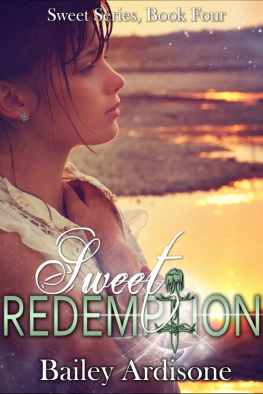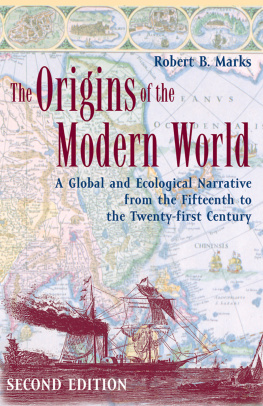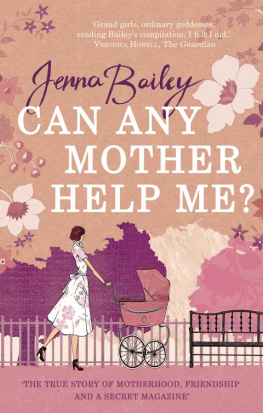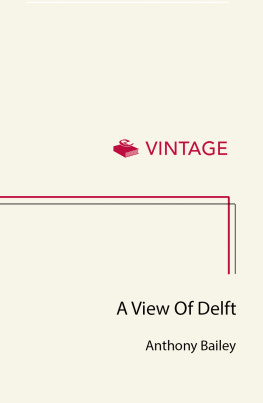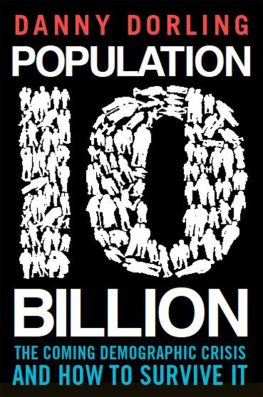A Cato Institute Book

Thank you for buying this
St. Martins Press ebook.
To receive special offers, bonus content,
and info on new releases and other great reads,
sign up for our newsletters.

Or visit us online at
us.macmillan.com/newslettersignup
For email updates on the author, click here.
The author and publisher have provided this e-book to you for your personal use only. You may not make this e-book publicly available in any way. Copyright infringement is against the law. If you believe the copy of this e-book you are reading infringes on the authors copyright, please notify the publisher at: us.macmillanusa.com/piracy.
For my love, Pamela Cole Friedman. And for Madeleine, Anne, C.J., Lucy, Sarah, and Archie Lee, with full confidence that they and their generation will enjoy an abundant and amazing future.
FIRST, I MUST THANK MY COLLEAGUES AT REASON magazine and the Reason Foundation for their support of this project. Reason Foundation president David Nott especially encouraged me to write this book. I am particularly grateful to my brilliant editors at Reason, Nick Gillespie and Matt Welch, who provide an intellectually rich and fun venue in which to explore and report new ideas.
Of course, I owe a great debt of gratitude to my excellent editor at St. Martins Press, Thomas Dunne, who published my first book on environmental issues way back in 1993. It is great to be working with him again.
I am most grateful for the generous and timely patronage provided by Ed Crane and David Boaz from the Cato Institute and Kim Dennis and Richard Tren from the Searle Freedom Trust.
I have benefited enormously from the insights and criticisms of Terry Anderson from the Property Environment Research Center. Jerry Taylor merits special gratitude, since it was his idea that I write this book. Among the many others whom I must thank for championing me and my work are Matt Ridley, Daniel Benjamin, and Katherine Mangu-Ward. I also appreciate how patiently my longtime friends Steve and Leslie Frantz and Stuart and Brock Lending listened to and critiqued the ideas and data found in this book. I am forever grateful for meeting and learning from Norman Borlaug and Julian Simon. Their belief that human ingenuity will produce growing prosperity while safeguarding the natural world is being vindicated.
Finally, and most important, I am greatly indebted to the scores of researchers who shared their time, their scientific findings, their philosophical insights, and their hopes for the future of humanity with me.
A LITTLE OVER TWO DECADES AGO, I WROTE a book, Eco-Scam: The False Prophets of Ecological Apocalypse, in which I looked closely at prevalent and generally accepted predictions of imminent planetary-scale environmental dooms. I analyzed the psychological appeal of doom, how predictions of disaster function as a political technique aimed at frightening people into handing over power to self-selected elites who want to enact drastic transformations in social and economic institutions. As I explained in my introduction twenty-two years ago, I was initially fascinated by these prophecies of global catastrophe because I had believed them.
Why? Because I had read and absorbed the messages of the classics of ideological environmentalism Silent Spring by Rachel Carson, The Population Bomb by Paul Ehrlich, and The Limits to Growth: A Report for the Club of Romes Project on the Predicament of Mankind and believed that I and all of my fellow human beings were headed straightaway into a hopelessly bleak and hellish future. Synthetic chemicals were poisoning the natural world and human bodies. Overpopulation would soon outstrip the ability of farmers to grow enough food, and hundreds of millions would die in massive famines in the 1970s. And the world would shortly run out of oil and other nonrenewable resources, thus crashing modern civilization well before the year 2000.
Two decades after these and other dire predictions had been made, I noticed that we were still here and that civilization had not collapsed. Not only that, but people were actually living longer and healthier lives, famine had been held at bay, and the world was becoming more prosperous, not less. Naturally I was pleased that I was alive and that the dire environmentalist predictions had evidently not come true. At the time, I was a staff writer at Forbes magazine, where I conceived of a project in which I would go back and reread the classic prophecies of doom. I would write a series of articles after I interviewed their authors to see what they had to say about their prognostications. Obviously I couldnt talk with Rachel Carson, since she had died in 1964, but Ehrlich and the folks at the Massachusetts Institute of Technology (MIT) who had devised the computer program at the heart of the resource projections in The Limits to Growth were still around.
To make a long story short, I spoke with Ehrlich and he assured me that he had simply gotten his timing wrong. Globe-spanning famines would break out some time between 2000 and 2010. I also talked with Jay Forrester, the MIT systems dynamics professor who was the developer of the computer model used to make the forecasts in The Limits to Growth . He told me, I think in retrospect that Limits to Growth overemphasized the material resources side. Well, yes. As I did more reporting on environmentalist doomsaying, it became increasingly apparent that the doomsters were not making scientific predictions, but instead were promoting a world view, an ideologythat is to say, ideology as properly defined as a body of doctrine, myth, belief, etc., that guides an individual, social movement, institution, class, or large group.
Chief among the doctrines in the ideology espoused by environmentalist doomsters is that nature is innocent and good and humanity evil. Environmentalist thinker Jeremy Rifkin explained the creed this way: To end our long, self-imposed exile; to rejoin the community of life. This is the task before us. It will require that we renounce our drive for sovereignty over everything that lives; that we restore the rest of creation to a place of dignity and respect. He added, Nature offers us the sublime resignation that goes with undifferentiated participation in the world around us. In other words, a secularized version of the myth of the Garden of Eden motivates many modern environmentalists.
Back in 1992, my book delved into the reasons why various prophecies of environmentalist doom had failed. Human beings are not like a herd of deer that simply starves to death when it overgrazes its meadow. Instead we seek out new ways to produce more food and do it ever more efficiently. I described how breakthroughs in plant breeding spawned the Green Revolution, which dramatically boosted global food production. When supplies of a resource run low, people use it more sparingly and find new sources and substitutes for it. Canadian environmental researcher Vaclav Smil calculates that back in 1920 in the United States it took about 10 ounces of materials to produce a dollars worth of value, but that same value is now accomplished using only about 2.5 ounces, yielding a 75 percent decline in material intensity.
I discovered that it is almost always the case that wherever someone sees an environmental predicament in the world, it is a commons problem. The problem is occurring in an open-access commons, an area no one owns and for whose stewardship no one is responsible. The classic examples are fisheries. Frequently they are an open-access resource that is being overexploited. If a fisher leaves a fish in the water to spawn, the next guy will catch it and sell it. Thus no individual fisher has the incentive to protect the health and productivity of the fishery. Its a race to the bottom, with both fish and fishers losing out. Similarly, pollutants are pumped into rivers and into the air and tropical forests are chopped down because all too often anyone can use those resources without paying for the costs of the harm they cause.
Next page
